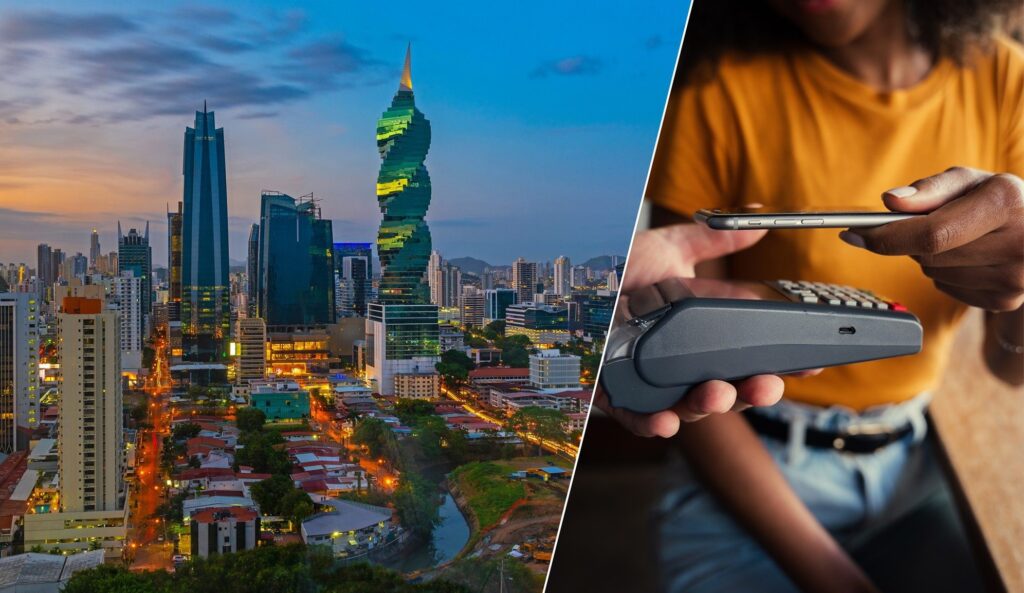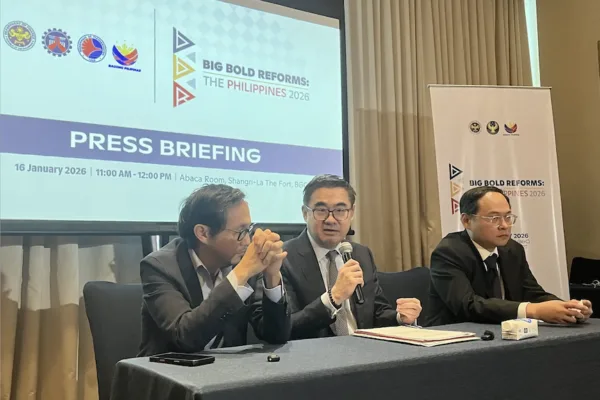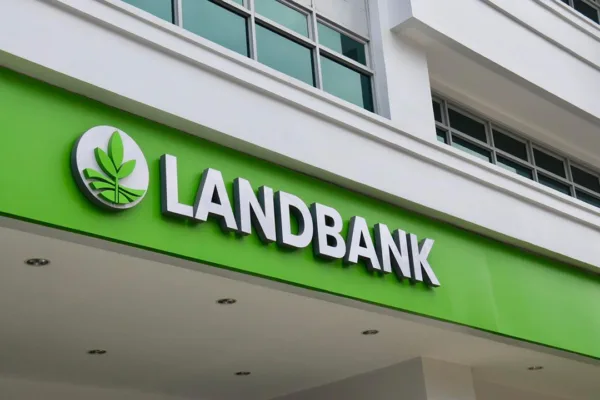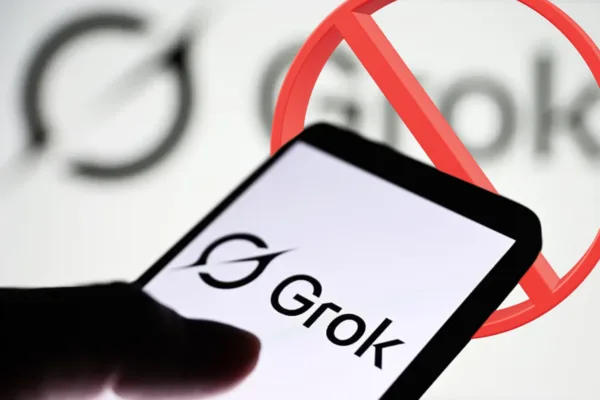The Bangko Sentral ng Pilipinas (BSP) has just released the result of its measurement on the level of adoption of digital payments in the country in 2022, and according to outgoing BSP Governor Felipe M. Medalla, the outturns are very encouraging.

IMAGE CREDIT: https://www.pymnts.com
“The BSP has high hopes that the broadening digital payments usage and acceptance in recent years will sustain its rising trajectory in the post-COVID Philippine economy,” Medalla said in a press statement.
In its 2022 Status of Digital Payments Report, the BSP governor shared that merchant payments and person-to-person (P2P) transactions have been actively advancing the adoption of digital payments in the country.
This, Medalla says, augurs well in keeping with the central bank’s thrust to promote financial inclusion and digitalization under the “BSP Digital Payments Transformation Roadmap 2020-2023,” whose goal is to provide an efficient, inclusive, safe, and secure digital payments ecosystem that supports the diverse needs and capabilities of firms and individuals, toward the achievement of the BSP’s mandate.
For his part, BSP Deputy Governor Mamerto E. Tangonan said, “We will continue to carry out initiatives to further promote the widespread use of digital payments and enable every Filipino to reap the benefits of a growing and inclusive Philippine digital economy.”
“Towards this end, we are now working with key stakeholders from the government, the business community, and the general public,” he added.
Digital payments as a key driver of growth for PH
Digital payments are catching up even if the majority of transactions in the country are still primarily paper-based in terms of volume.
According to the BSP report, digital payments in 2022 made up a sizeable portion of all retail payments in the country, with a volume share of 42.1% and an increase of 611.7 million transactions over the previous year. A total of USD78 billion, or 40.1% of all the payments, were made digitally, representing a 32.8% increase over 2013.
Person-to-person (P2X) payments, which accounted for 68.6% of the total volume of retail digital payments, also continued to dominate the market.
Government payments (G2X), on the other hand, made up 1.1% of the total volume, followed by business payments (B2X) at 30.3%.
The central bank emphasized that this increase was mostly due to the expansion of account-to-account electronic fund transfer services.
A marked increase in P2P and merchant payments
The BSP report stated that digital payments now account for almost 40% of all retail transactions in the country, which has increased significantly from the 20.1% reported in the previous year and compared to the 30.3% recorded in 2021.
Payroll transfers between individuals and businesses, which made up 14.7% and 2.2%, respectively, of the overall amount of digital payments, also contributed to the rise.
Since these are high-frequency, low-value retail transactions, the BSP noticed an increase in their usage. Likewise, 90.6% of the total volume of digital payments came from the top three contributors, which were merchant payments, P2P payments, and B2P salaries and wages.
In summary, the BSP report stated that the growth of digital payments in the country was greatly aided by merchant payments, which saw a 35.6% increase in volume in 2022 from 1,112.1 million transactions in 2021 to 1,507.5 million transactions.
The central bank added that person-to-person (P2P) merchant payments, which made up 73.7% of all digital transactions in 2022, were the other reasons behind the growth of digital payments in the Philippines.
A 91.2% year-over-year increase from 156.7 million to 299.7 million transactions in 2022 was also seen in P2P transfers, which contrasted with the considerable gain seen in the former.








